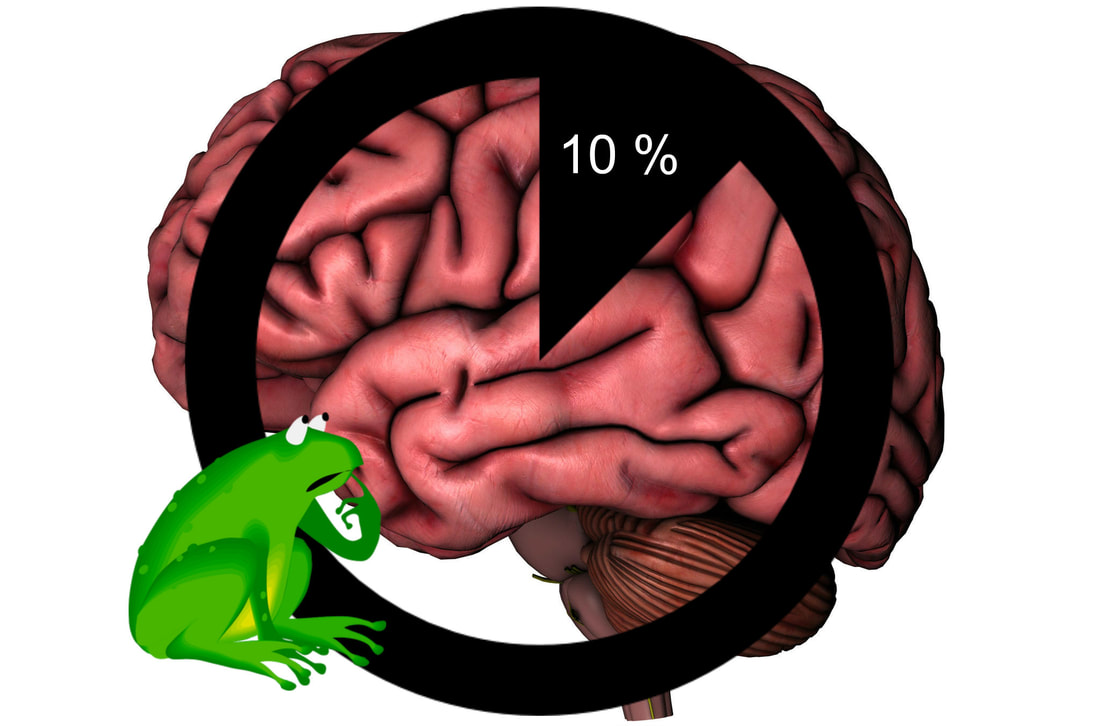The truth is, scientists now believe that humans use their entire brain throughout each day. There are several threads of evidence that disprove the 10% myth. And here's what science has learned.
Neuropsychology is the study of the human brain and how its anatomy affects a person's
behavior, emotions, and cognition. Over the years, research has shown that various parts of the brain are responsible for specific functions; for example, recognizing colors or doing math problems.Science can now, using new technology like positron emission tomography and functional magnetic resonance imaging, prove that humans use every part of their brains. The entire brain is necessary for daily functioning. Research has yet to mind an area of the brain that is completely inactive. Brain imaging studies that measure brain activity when a person is doing a specific task show how different parts of the brain work together. But, like with all science, there are always critics and non-believers. There are many ways to prove that the 10% theory is only a myth, like this one. "The more direct counter to the ten-percent myth lies in individuals who have suffered brain damage – like through a stroke, head trauma, or carbon monoxide poisoning – and what they can no longer do, or do as well, as a result of that damage. If the ten percent myth is true, then damage to many parts of our brain shouldn’t affect your daily functioning."
Another line of evidence against the ten-percent myth comes from evolution. The adult brain only constitutes two percent of body mass, yet it consumes over 20 percent of the body’s energy. The human brain has been shaped by millions of years of natural selection. This, of course, passes down the most favorable traits that will increase the likelihood of survival. Why, then, would the human body spend so much energy to keep the entire brain functioning is only 10% of it was really necessary?
With all this evidence of proof that humans use all of their brains, why do some folks still believe the 10% myth? It's a little unclear how the myth spread in the first place, but it was well-publicized in self-help books for a long time, and may have even been grounded in the older, flawed neuroscience. The allure of the 10% myth is that it's wonderful to
daydream about the human potential if only that "missing 90%" could just be unlocked. "Another possible source of the myth lies in “silent” brain areas from older neuroscience research. For example, in the 1930s, neurosurgeon Wilder Penfield hooked electrodes to the exposed brains of his epilepsy patients while operating on them. He noticed that some brain areas caused his patients to experience various sensations, but that others seemed to experience nothing." However, as technology evolved, researchers discovered that those "silent" brain areas, which included the prefrontal lobes, did have functions after all.
So while it is now known that humans do access their full brains, it's still kind of fun to think that you might one day be able to access certain superpowers. Perhaps that's why Spiderman, Batman, Superwoman, and Superman retain their popularity so many years after their creation.

 RSS Feed
RSS Feed